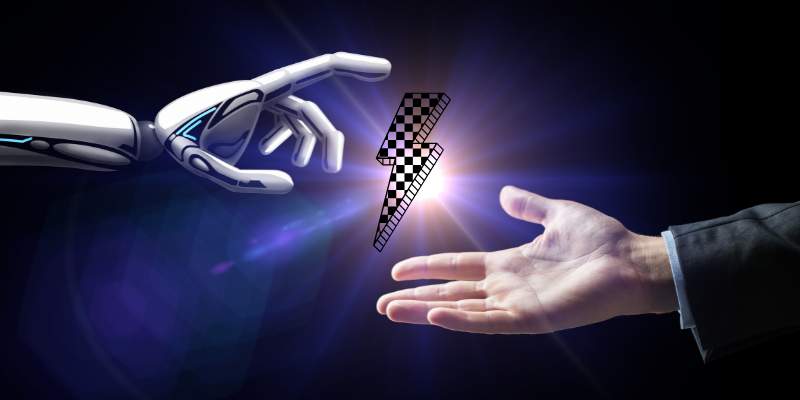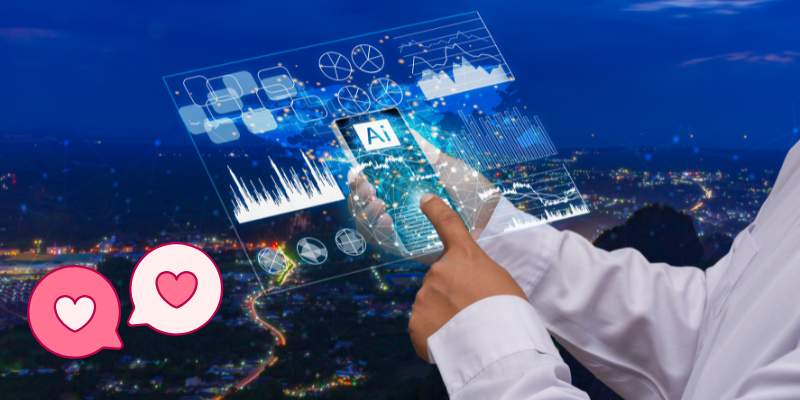The question has probably crossed your mind: if you fed a machine enough selfies, old school pictures, and maybe that awkward headshot you took in bad lighting—could it recreate a “twin” of you? Not just a generic avatar, but something uncannily familiar.
That’s the rabbit hole of AI twin generators, and once you tumble in, it’s not easy climbing back out. I’ve tried a handful myself, with mixed results—sometimes breathtakingly accurate, other times hilariously off. But hey, isn’t that part of the charm?
Why Do We Even Want a Digital Twin?
Some people say it’s vanity, others call it curiosity. Personally, I think it’s more about curiosity mixed with longing. We all wonder how others see us, and these tools dangle a tantalizing promise: “Here’s you, but reimagined.”
Whether it’s for fun, art, or a marketing campaign, it scratches that itch of self-reflection in a way mirrors never quite can. Plus, let’s be honest, there’s a weird thrill in seeing a version of yourself dressed as a medieval knight or starring in a cinematic fantasy scene.
The Tech Under the Hood
It’s not sorcery—though it can feel like it. AI twin generators use a mix of neural networks, style transfer, and training data to reconstruct your face and features. Give it enough reference images, and the model builds a framework that resembles “you.”
The tricky part is balance: too little data and you look like a blurry cousin; too much and the system overfits, giving you a rigid clone with zero personality. The best ones blend likeness with flexibility, letting you explore multiple scenarios without losing your identity in the mix.
The “Unfiltered” Side of Things
Not every tool plays nice with filters and restrictions. Some platforms lean heavily on polished, curated outputs, while others let you go wild. This is where the bold experimenters step in, searching for an unfiltered ai twin generator from image that doesn’t limit creativity.
It’s less about vanity at that point, and more about seeing how far the machine can stretch without throwing in arbitrary red tape. Think of it like walking into an artist’s studio and saying, “Go nuts—paint me as you see me.”
My Take After Testing Them
Here’s the thing: they’re eerily convincing sometimes, but they don’t get the spark. The twinkle in your eye when you tell a dumb joke, the slight asymmetry of your smile when you’re nervous—machines copy the frame, but they stumble on the essence.
That’s not a bad thing, necessarily. It keeps the human part sacred. But for art, self-expression, and even a little ego boost, these tools deliver more than enough.
My favorite use? Dropping my twin into sci-fi universes where I look way cooler than I do in reality. And maybe that’s what matters—not whether the machine truly “gets” us, but whether it helps us see ourselves in new, slightly magical ways.
Closing Thoughts
So, can machines really recreate “you”? Technically yes, emotionally… not quite. At least, not yet.
What they can do is hand you a kaleidoscope version of yourself—sometimes playful, sometimes oddly moving, sometimes laugh-out-loud wrong. And in a world where self-perception is constantly shifting, maybe that’s a gift worth exploring.

